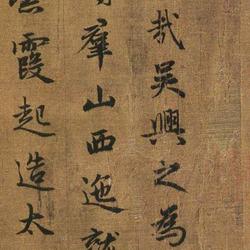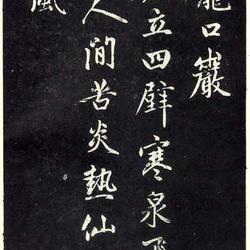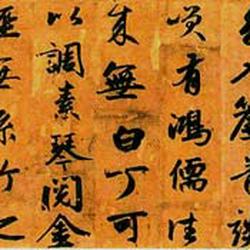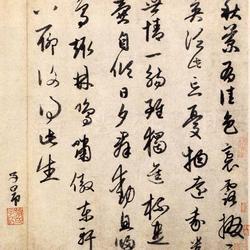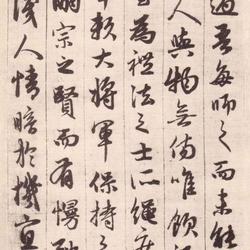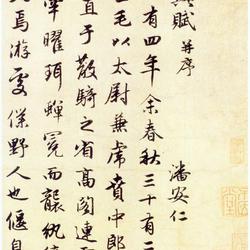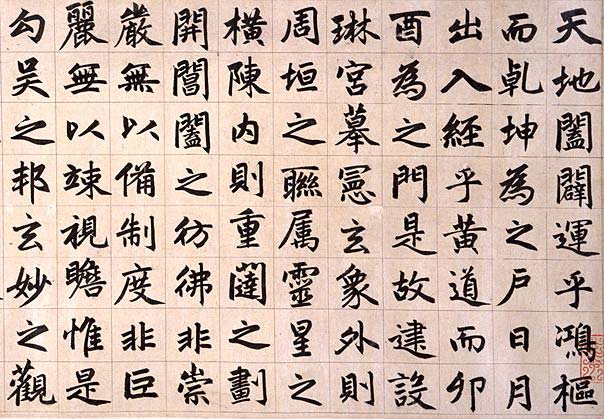
"Xuanmiao Guan Rebuilding the Three Gates" paper version, seal script, vertical 35.7, horizontal 55.7, main text regular script, vertical 35.8, horizontal 284.1
Collection of Tokyo National Museum, Japan
Xuanmiao Temple is a famous Taoist temple in the ancient city of Suzhou. It was founded in the second year of Xianning in the Western Jin Dynasty (276). Sima Shao, Emperor Ming of Jin Dynasty, actually dreamed that the Taoist ancestors of the Three Qing Dynasties arrived in Suzhou in the clouds, so he ordered the monastery to be rebuilt and renamed Shangzhen Taoist Temple. The emperor of the Tang Dynasty claimed to be a descendant of Laozi, revered him as Emperor Xuanyuan, and ordered the establishment of Emperor Xuanyuan temples in the two capitals and various states. Since then it has experienced repeated ups and downs. In the first year of Yuanzhen (1295) of Yuan Chengzong, it was changed to Xuanmiao Guan. Xuan and Yuan were connected, and it was also called Yuan Chao Guan. This name is taken from the phrase "mysterious and mysterious, the door to all wonders" in Laozi's "Tao Te Ching".
"Xuanmiao Temple Rebuilding the Three Gates" was written by Mou Gong in the Yuan Dynasty, and was written and sealed by Zhao Mengfu in the sixth year of Dade (1302 AD). Its "Xuanmiao Temple Rebuilding Three Gates Monument" was originally inside Zhengshan Gate and was lost during the Cultural Revolution. In 1990, the Suzhou Stele Museum was commissioned by the Municipal Taoist Association to imitate the stele, which is now inside Zhengshan Gate. There are 2 inscribed tablets; each is 52 cm long and 136.5 cm wide, with 58 lines, 11 characters on each line, and three lines on the forehead.

